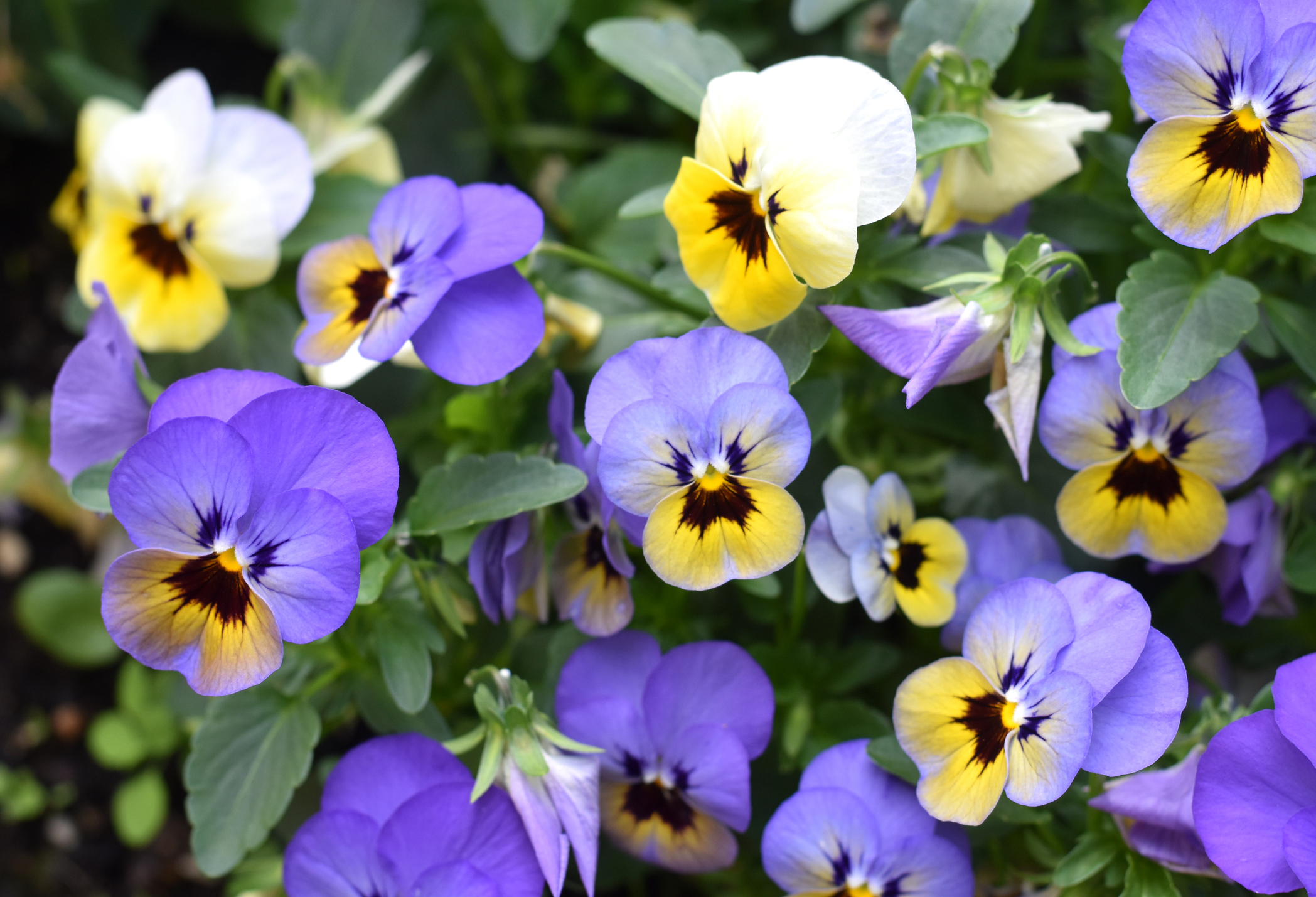
Vegetables
June is a good time to develop or extend a rhubarb bed as the plants (crowns) are dormant during winter. Dividing and replanting every three years is recommended, as it gives an opportunity to remove any perennial weeds such as dandelions or docks that have been missed and more importantly, enables the soil to be enriched. Rhubarb needs constant nourishment and thrives on the addition of plenty of animal manure to the soil.
Lift the crowns and chop them with a sharp spade. Each section to be replanted should have a couple of buds and a root. Work lots of compost and manure into the bed and replant.
If replanting is not being done this season, clear dead leaves and weeds from the soil and cover with compost or manure. This is one place where fresh manure and sawdust from a stable can be used. Mix it with a handful of blood and bone (about 100g) to each square metre of bed.
If a new rhubarb bed is planned, choose a cool spot with good drainage. A raised bed is ideal, solving the drainage problem and enabling layers of fresh manure and compost to be added each winter. Fill the bottom with manure, then soil mixed with compost, and top with a layer of clean soil into which the new plants are placed.
Rhubarb is easily grown from seed sown in late spring, with Victoria and Glaskins Perpetual offered by seed companies.
Broad beans can still be sown in lighter soils. ‘Exhibition Long Pod’ is a reliable old variety, while ‘Evergreen’ is a faster maturing broad bean. ‘Coles Prolific’ and ‘Imperial Green’ both grow to about 1.3m.
If frosts are not too severe, cabbage and cauliflower plants can be put in but the spot chosen must be well-drained. Established spring cabbages can have soil gently hoed up around their stalks to improve drainage and let any sun warm the upper levels of the soil.
Flowers
Fine days are a good time to dig up, split and replant perennials such as Michaelmas daisies and phlox. Add compost or general fertiliser to the soil before replanting. A green film on the surface of the soil is an indication that lime is needed, so apply this at the rate of 50g to 70g a square metre.
Gladioli still in the ground should be lifted and stored in a warm, dry spot in paper bags until quite dry. Do not remove the papery cover (sometimes called the tunic) until drying is complete.
Sweet peas can be grown in trenches, an old method but one virtually guaranteed to give top-notch blooms. Prepare the spot by putting plenty of manure or compost in the bottom of the trench. Sweet peas also need lime, about 30g to 50g to each metre of trench before topping with soil.
Spring-flowering plants, such as pansies, polyanthus and primulas, are available in garden centres over the next couple of months. Most will give sporadic flowers during winter and potted polyanthus make a good doorstep display to brighten the entranceway in winter. Potted plants can go into the garden when they have finished flowering.
Hydrangeas can be cut back now.
For blue flowers, hydrangeas need acidic soil and for pink flowers, alkaline soil. To get better blues add aluminium sulphate. Lime, being alkaline, will make the flowers more pink.
Fruit
It will be next month before garden centres have the bulk of this season’s fruit trees but if a particular variety is wanted, it pays to order it, as some types such as double and triple-grafted trees are often in short supply.
Pruning of existing apple and pear trees can begin when the leaves turn yellow and continue until the beginning of August when the buds start to swell.
Fruit is mainly produced on fruiting spurs, short growths with clusters of flower buds, so keep this in mind when pruning.
Cover every cut surface, no matter how small, with pruning paste to prevent disease getting into the tree.
Do not leave prunings on the ground as they attract insects and fungal diseases, and keep ground clear around the base of fruit trees or grow suitable herbs, such as chives, tansy or comfrey, to deter pests and diseases.












